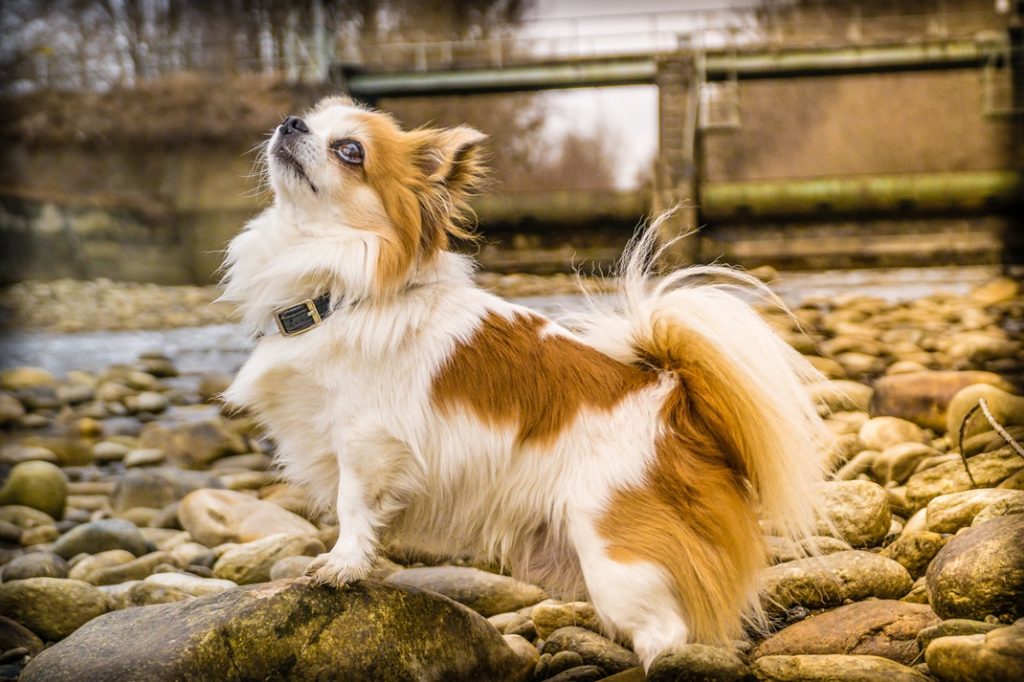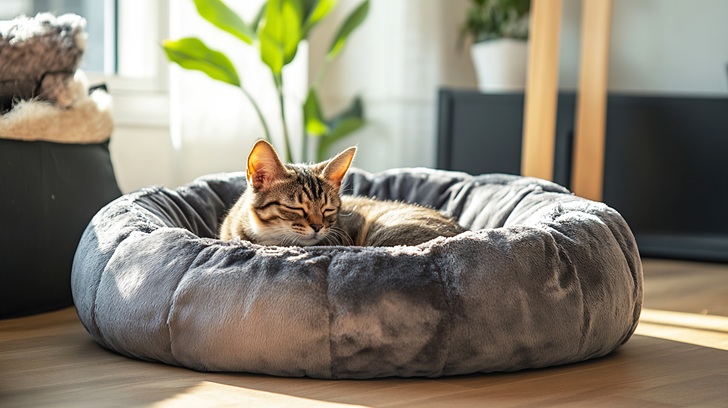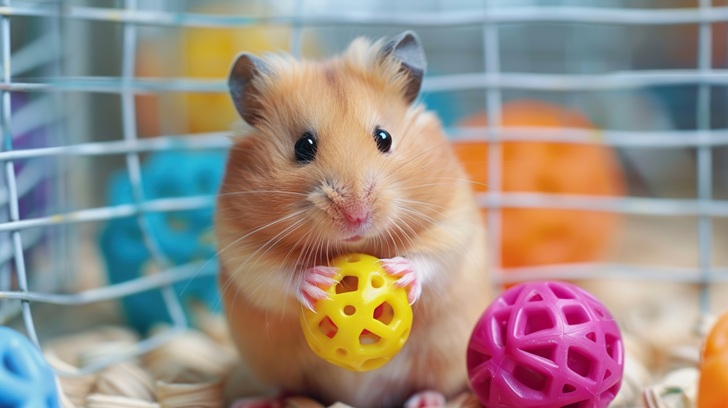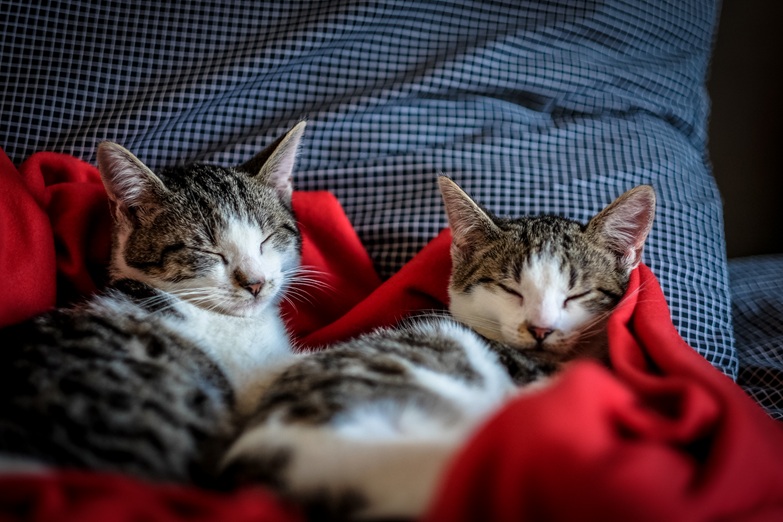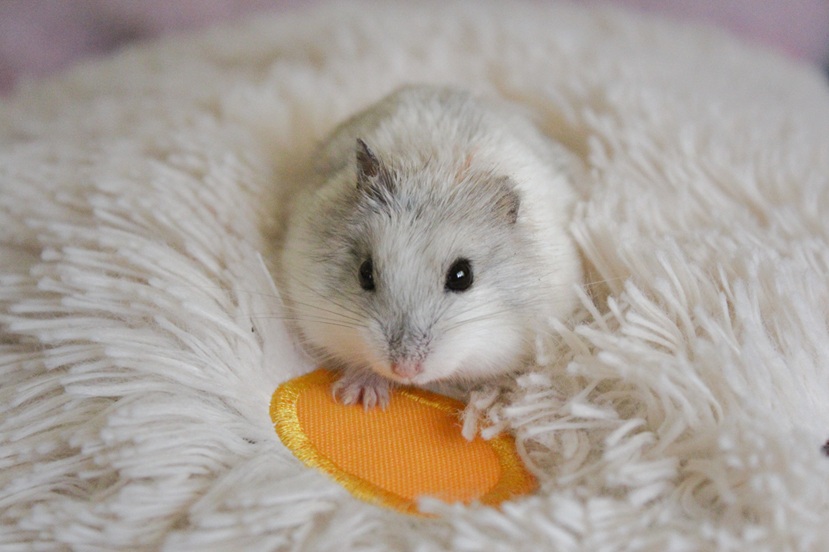Does a cat kneading milk mean it recognizes its owner?
If you’ve ever watched your cat push its paws in and out against your lap, a blanket, or even a soft pillow—often accompanied by a contented purr—you’ve witnessed “kneading milk,” also known as “making biscuits.” This quirky behavior leaves many cat parents wondering: Does this mean my cat recognizes me as its owner? The answer is a mix of feline biology, early development, and emotional bonding. Let’s unpack why cats knead, whether it’s tied to recognizing their humans, and what this gentle (if sometimes claw-y) habit really signifies.
First: What Is Kneading Milk, Anyway?
Kneading milk is an innate behavior that starts in kittenhood. Newborn kittens knead their mother’s mammary glands with their paws to stimulate milk flow during nursing. The motion—alternating pushing in and out with their front paws, often with claws slightly extended—helps them get the nourishment they need. As cats grow older, they don’t outgrow this habit; instead, it evolves into a comforting, self-soothing behavior. Adult cats may knead soft surfaces, their favorite humans, or even themselves when they’re feeling relaxed, happy, or secure. It’s a throwback to their earliest days, rooted in feelings of safety and contentment.
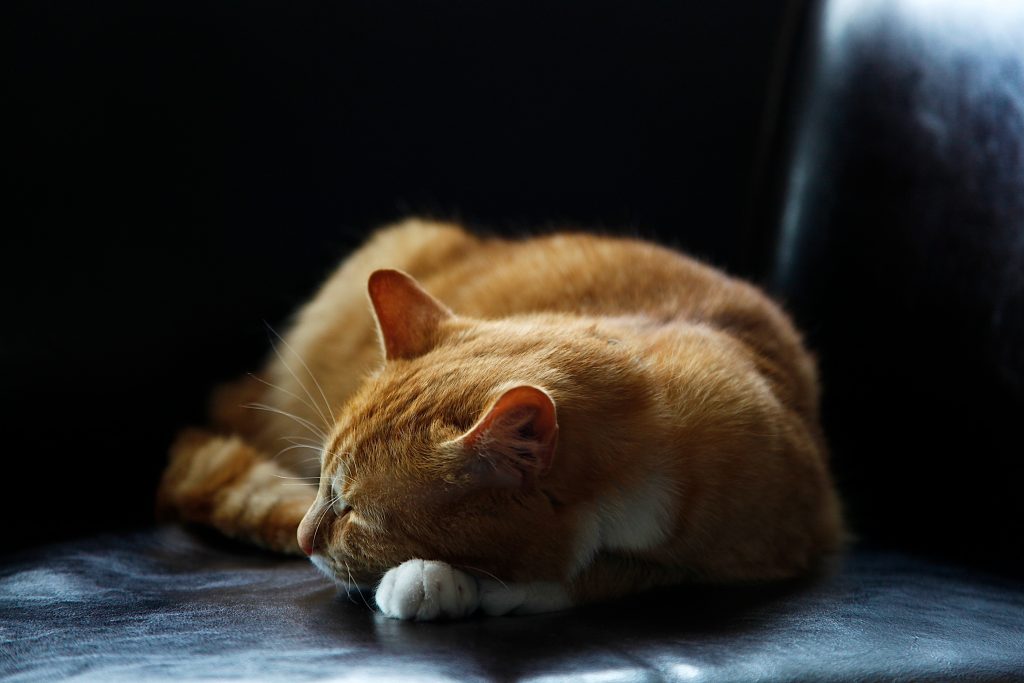
Does Kneading Equal Recognition of Their Owner?
While kneading itself isn’t a direct “I recognize you” signal, it is strongly linked to trust—and trust is a key part of a cat’s bond with its owner. Cats are territorial and cautious animals; they only let their guard down around beings they feel safe with. If your cat kneads you specifically (not just any soft surface), it’s a sign they see you as a source of comfort and security—someone who reminds them of the warmth and safety of their mother. This doesn’t mean they can’t recognize other humans, but kneading is a special display reserved for those they feel closest to. Unlike dogs, who may wag their tails at strangers, cats save kneading for people or places that make them feel utterly at ease.
Why Do Cats Knead Their Owners, Specifically?
Your cat’s decision to knead you boils down to a few key factors, all tied to their emotional connection with you. First, your lap or chest is soft and warm—mimicking the feel of their mother’s belly. Second, your scent is familiar and reassuring; cats have a strong sense of smell, and your unique scent triggers feelings of safety. Third, kneading releases endorphins in cats—“feel-good” hormones that reinforce the behavior. When your cat kneads you and purrs, they’re not just being cute; they’re actively calming themselves and expressing happiness in your presence. Some cats even drool a little while kneading, a throwback to nursing days when milk would make them salivate—another sign of how deeply this behavior is tied to comfort.
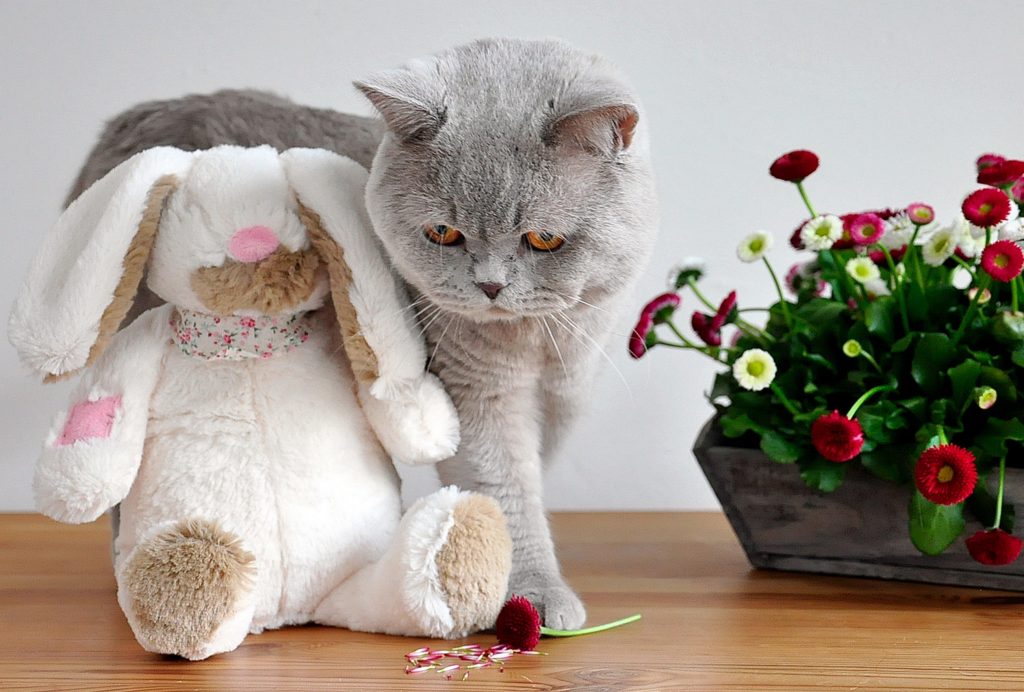
Other Signs Your Cat Recognizes You
If kneading is more about trust than direct recognition, what are the clear signs your cat knows you’re their owner? Look for these behaviors: Head-butting (bunting): Cats rub their heads against you to mark you with their scent glands, claiming you as “theirs.” Following you around: Whether you’re going to the kitchen or the bathroom, a cat that sticks by your side sees you as their companion. Vocalizing uniquely: Many cats have a special meow or chirp they only use when talking to their owners, distinct from the sounds they make for food or attention. Sleeping near you: Cats are most vulnerable when they sleep, so choosing to curl up next to you is a huge vote of confidence.
